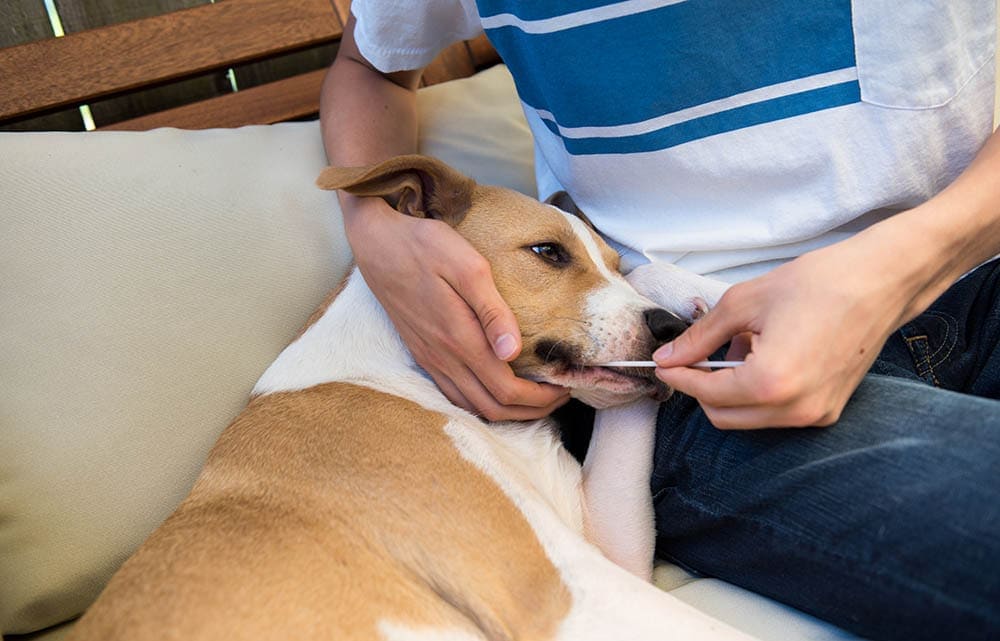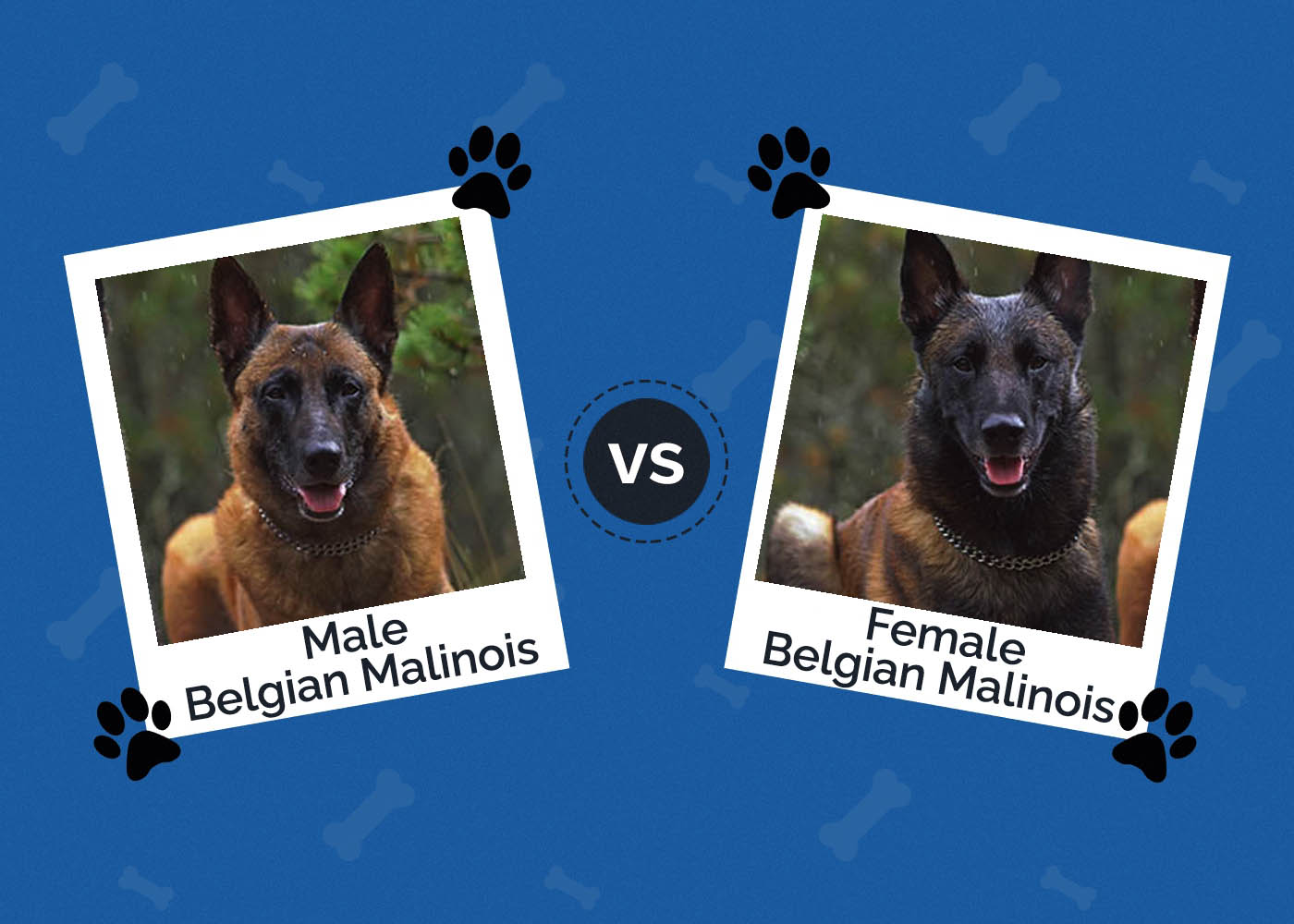COVID Sniffing Dogs: Training & Effectiveness
Updated on
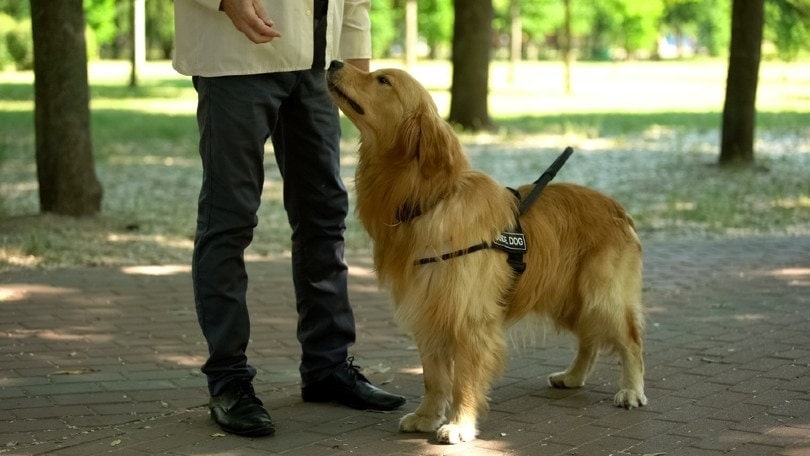
The saying “the nose knows” could not be more accurate when it comes to dogs. Whether they’re sniffing out lost children or hidden drugs, dogs have proven the accuracy of their scent detection time and again. As we enter yet another year of the global pandemic, dogs are now asked to train their noses on a new target: the COVID-19 virus.
In this article, you’ll learn how dogs are trained to detect the COVID virus and how effective they are at identifying it. We’ll also discuss some pros and cons of using dogs as rapid COVID tests.
How Dogs Identify COVID
Even before being asked to identify COVID, trained scent dogs were used to screen for other diseases such as malaria. Dogs are also trained to serve as medical alert dogs, sniffing out changes in human body chemistry or blood sugar levels.
In each of these situations, scientists believe that dogs are reacting to the smell of volatile organic compounds (VOC) produced by the virus or whatever else they’re detecting. These specific scents allow the dog to identify COVID from among other odors, thanks to their hypersensitive noses.
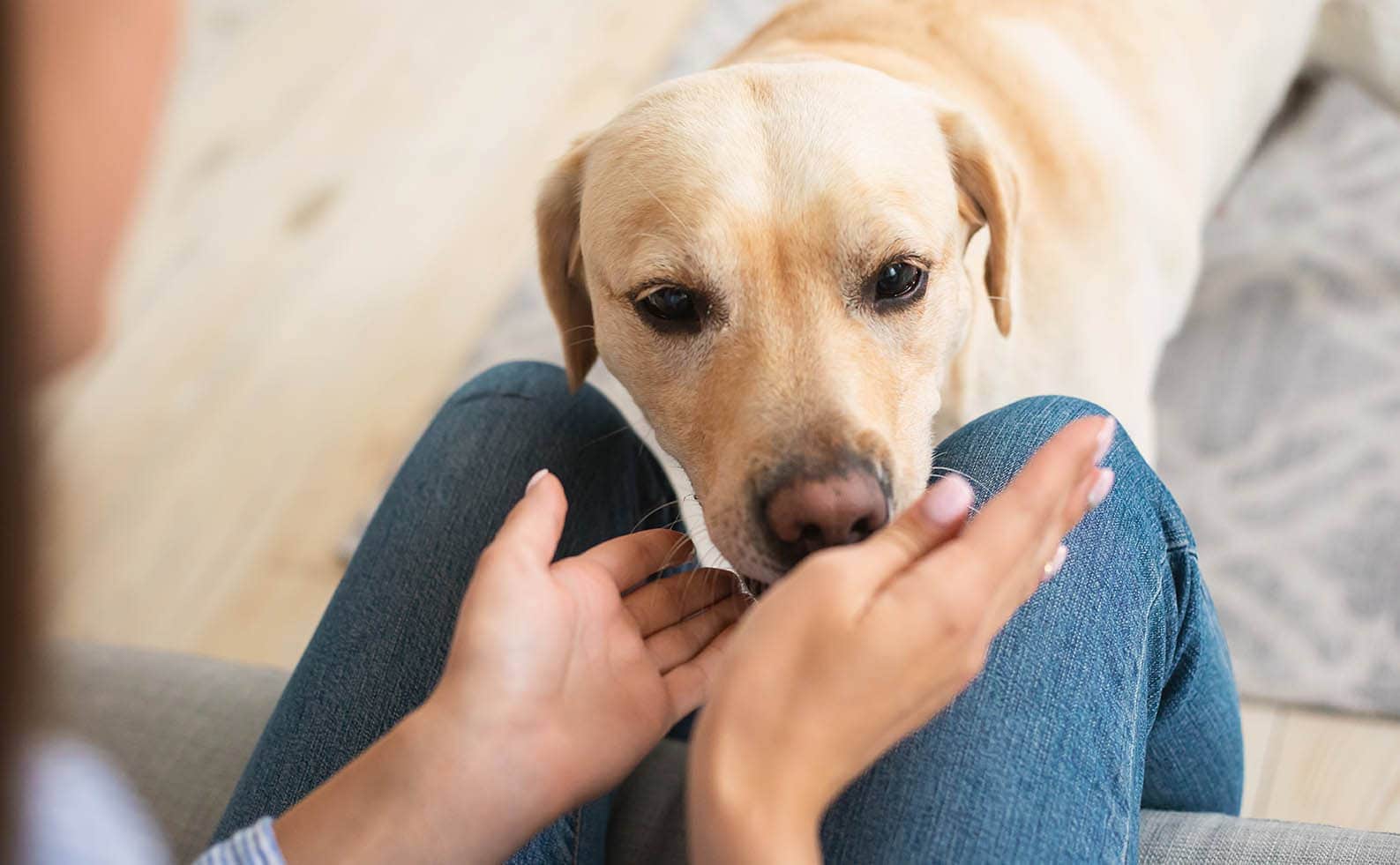
Training Dogs To Sniff Out COVID
Training a dog to detect COVID involves the use of rewards to teach the pup which scent they should be focusing on. For example, researchers in one study set out to redirect previously trained detection dogs to sniff COVID instead.
To do this, they created a device with seven scent holes, one of which contained a positive COVID sample and six a negative one. As the dogs investigated the scents, they were automatically rewarded when they sniffed the positive COVID sample. The device would then randomly mix up the seven scent holes, so the positive was in a different spot.
Once the dogs were familiar with the process, it took them only 5 days to learn how to consistently identify COVID.
How Effective Are Dogs At Sniffing COVID?
In this study (which used saliva and mucus samples), the fully trained dogs detected COVID accurately 94% of the time. A different study, which trained dogs to find COVID in both urine and saliva samples, showed similar results, 94% accuracy with urine samples, 92.5% overall.
An additional study, performed using sweat samples from COVID patients, found dogs not only accurate and efficient when detecting the virus, but more sensitive than a PCR test, held as the gold standard of laboratory COVID tests. The dogs even found several samples believed to be negative that later tested positive for COVID, indicating that they can detect the virus even before the PCR test.
Real-world tests, such as having detection dogs screen arriving passengers at an airport, produced consistent results. The dogs in this study, conducted in Finland, had nearly 100% accuracy in finding COVID cases.
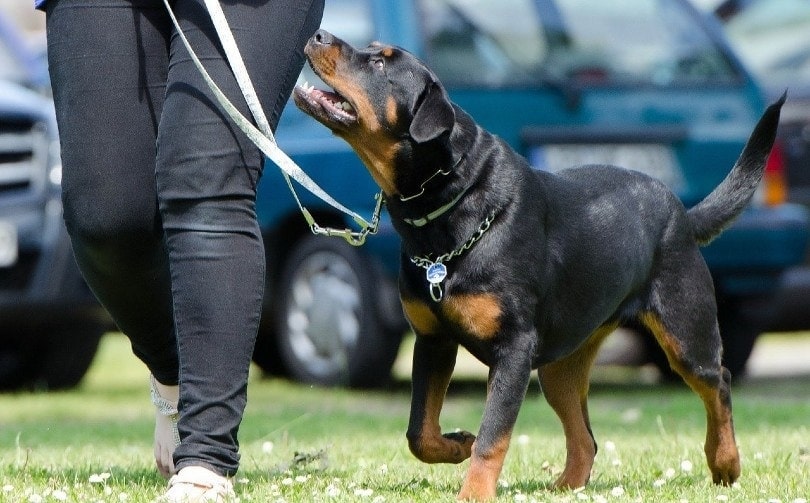
The Advantages Of Using Dogs To Detect COVID
So far, the research seems pretty clear that dogs can be trained to detect COVID with astonishing accuracy.
Throughout the pandemic, especially in the early months, lack of adequate testing–particularly rapid testing–has caused significant problems and challenges. COVID-sniffing dogs may be a more cost-effective way to screen large groups of people quickly. This strategy could, for example, allow crowded events–especially indoor ones–to resume with a higher degree of safety.
Already, we’re seeing this happening. Touring musicians like Metallica and country singer Eric Church are taking trained COVID-sniffing dogs on the road with them, performing daily checks of the crews and screening anyone allowed backstage.
While hiring the dogs isn’t cheap, they can screen 200 people in an hour, producing results faster and with far less hassle than swabbing and rapid testing the same people.
Concerns With Using Dogs To Sniff COVID
While the future of dogs as COVID detectors is promising, some concerns will need to be addressed.
First, more research is needed to refine and standardize training methods for COVID detection dogs. Bomb and drug-sniffing dogs have standards and certifications, but so far none exist for any medical detection canines.
Further studies need to use COVID samples from as diverse a population as possible to ensure the dogs can distinguish the virus among the scent of different ages, genders, and ethnic groups.
Money is another hurdle to the widespread deployment of COVID-sniffing dogs. Fully-trained scent detection dogs cost thousands of dollars to train. Dogs trained to detect other scents could be switched to COVID detection, although there’s then no way to tell whether a multi-tasking dog is reacting to a virus or a bomb in an airport, for example.
Conclusion
As we continue to deal with the COVID pandemic, medical technology continues to evolve to help prevent and treat the disease. The future of COVID screening, however, may be much more basic, using the simplest and most sensitive of the canine senses. We know dogs have the talent to detect the virus, but the question is how to deploy that gift cost-effectively and accurately.
See Also:
- Can Dogs Get Covid? Vet-Approved Signs and Treatment
- Can Turtles Get COVID? Vet-Reviewed Facts & FAQ
Featured Image Credit: Motortion Films, Shutterstock


